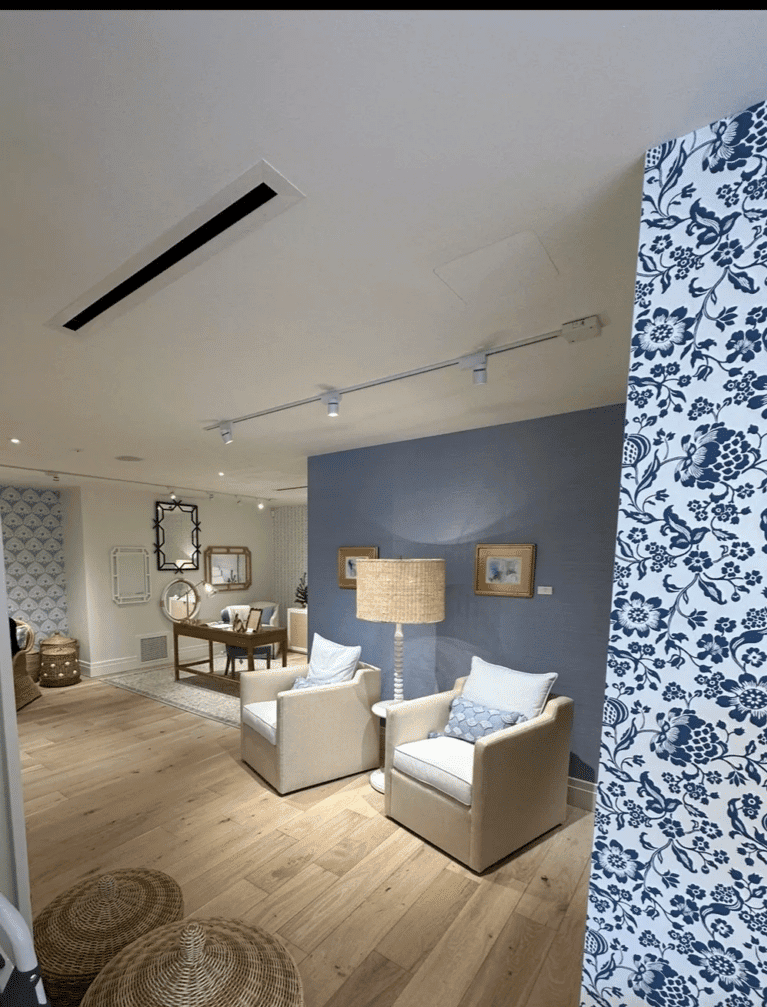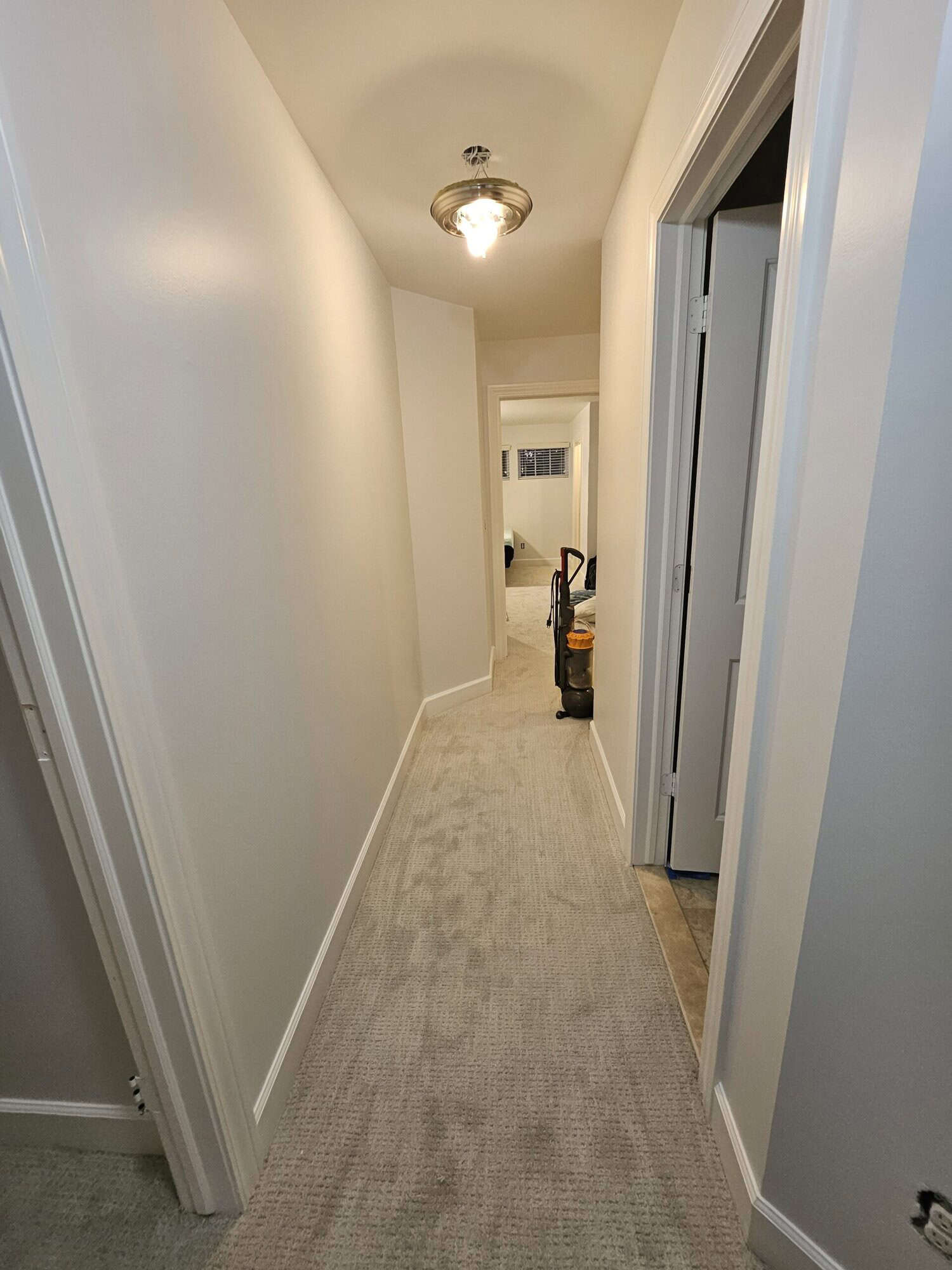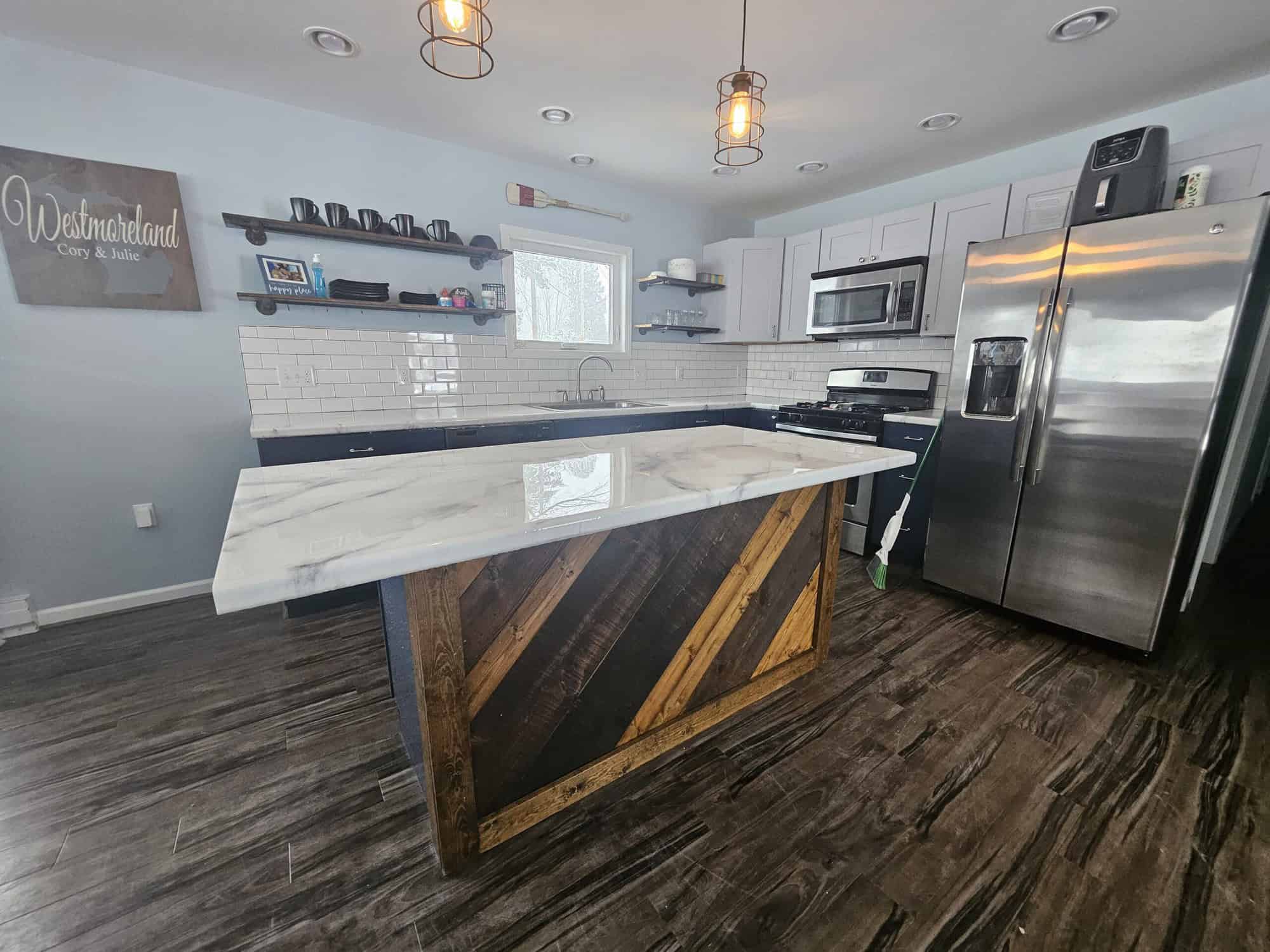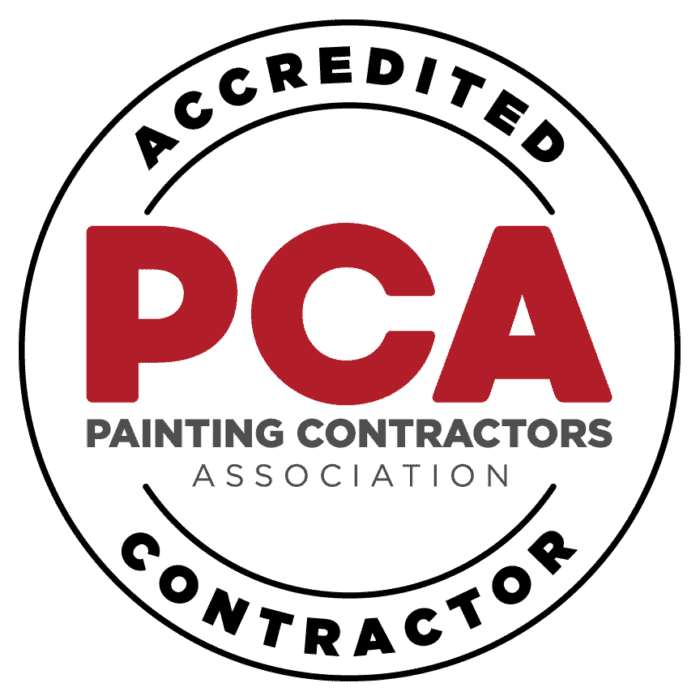Moisture directly affects paint curing, the process that fully hardens a paint film. High humidity slows curing in water-based paints, leaving surfaces tacky and prone to adhesion problems. Low humidity can cause paint to dry too quickly, leading to cracking, brush marks, or a brittle film.
Understanding curing versus drying is essential. Drying only removes water or solvent; curing completes chemical and physical bonding, giving paint its strength, durability, and sheen. Skipping this consideration can result in peeling, blistering, or premature wear—even with top-quality paints.
This guide covers the science behind paint curing, the role of moisture, common problems, product recommendations, and professional strategies to achieve long-lasting results.
Understanding Paint Curing: The Science Behind It

Paint curing progresses in stages:
-
Set-to-touch: Surface feels dry, but film is still soft.
-
Dry-to-recoat: Paint can accept another layer; solvent evaporation continues.
-
Full cure: Chemical crosslinking completes; the film reaches maximum hardness and adhesion.
Water-based (latex) paints cure via water evaporation and polymer coalescence, while oil-based paints cure through solvent evaporation and oxidation. Temperature, airflow, and humidity influence these processes.
| Paint Type | Set-to-Touch | Dry-to-Recoat | Full Cure |
|---|---|---|---|
| Interior Latex | 1–2 hrs | 4–6 hrs | 14–30 days |
| Alkyd Enamel | 6–8 hrs | 12–24 hrs | 7–14 days |
Professional painters monitor humidity and temperature to ensure each stage completes properly.
The Role of Moisture in the Curing Process
Humidity impacts curing speed and paint quality.
-
High humidity slows water evaporation in latex paints, resulting in sagging or tacky walls.
-
Low humidity accelerates drying, causing cracks and uneven film formation.
-
Substrate moisture—from unsealed drywall, plaster, or masonry—can interfere with adhesion and surface finish.
-
Oil-based paints exposed to moisture may haze or cure incompletely.
Example: Sherwin-Williams SuperPaint performs best at 75°F and 50% RH. At 85% RH, curing slows, increasing the risk of tacky surfaces or adhesion problems. Professional painters adjust conditions with fans, dehumidifiers, or scheduling to maintain ideal curing environments.
Common Problems Caused by Moisture Interference
Moisture-related paint curing issues include:
-
Peeling & blistering: Trapped moisture lifts the paint film.
-
Tacky finish: High-humidity areas such as bathrooms and kitchens.
-
Loss of sheen or color shift: Especially in satin or semi-gloss paints.
-
Micro-cracking/alligatoring: Too-fast drying in low humidity.
Measuring & Controlling Moisture Before and During Painting
Monitoring moisture is crucial. Tools include:
-
Hygrometers for indoor RH.
-
Moisture meters for walls and wood surfaces.
Optimal painting conditions: 40–60% RH.
Preparation techniques:
-
Run dehumidifiers in humid areas.
-
Warm cold, damp surfaces to reduce condensation.
-
Use fans for airflow without stirring dust.
Professional painters use moisture readings to schedule work and adjust techniques.
Paint Products Designed for Moisture Resistance
Moisture-tolerant products improve curing outcomes:
-
Primers: Zinsser Bulls Eye 1-2-3, KILZ Premium for damp surfaces.
-
Mildew-resistant paints: Benjamin Moore Aura Bath & Spa, Sherwin-Williams Duration Home.
-
Specialty coatings: Epoxy paints for basements or laundry rooms.
Sheen matters: eggshell or matte hides imperfections and tolerates moisture better, while satin/semi-gloss works well in kitchens and bathrooms if humidity is controlled.
| Product | Best For | Moisture Features |
|---|---|---|
| Benjamin Moore Aura Bath & Spa | Bathrooms, laundry | Mildew-resistant, high adhesion |
| Sherwin-Williams Duration Home | Kitchens, bathrooms | Moisture-tolerant, durable finish |
| Zinsser Bulls Eye 1-2-3 Primer | Damp walls | Seals surfaces, promotes adhesion |
| Epoxy Coating | Basements, laundry rooms | Moisture-resistant, tough film |
Professional Techniques to Ensure Proper Paint Curing
Key methods used by professionals:
-
Timing coats: Wait full dry-to-recoat intervals.
-
Thin coats in high humidity: Prevent sagging and tackiness.
-
Scheduling around weather: Ensures stable paint curing conditions.
Controlled curing is essential for cabinets, trim, and high-traffic areas. Contractors often use fans, heaters, or enclosures to maintain optimal conditions.
Long-Term Maintenance to Protect Cured Paint
Even cured paint needs moisture management:
-
Ventilation: Bathroom fans and kitchen hoods remove excess moisture.
-
Seasonal humidity control: Dehumidifiers in summer, humidifiers in winter.
-
Inspection: Check condensation-prone areas like window sills and baseboards.
-
Cleaning: Mild solutions prevent mildew and preserve the paint film.
People Also Asked (PAA)

Q1: What is the difference between paint drying and paint curing?
A: Drying removes solvents or water; curing completes chemical bonding for durability.
Q2: How long before cleaning freshly painted walls?
A: Wait for full cure—typically 14–30 days for latex paints.
Q3: Can high humidity prevent full curing?
A: It slows paint curing but generally does not stop it if airflow is adequate.
Q4: How do professionals speed up curing in humid environments?
A: They use dehumidifiers, fans, thinner coats, and controlled scheduling.
Q5: Best paint for humid indoor spaces?
A: Moisture-tolerant, mildew-resistant paints like Benjamin Moore Aura Bath & Spa.
Conclusion
Proper moisture management is essential for paint curing and long-lasting results. High or low humidity, unsealed substrates, and poor airflow can cause peeling, blistering, or tacky finishes.
Using moisture-tolerant products, monitoring environmental conditions, and applying professional techniques ensures paint fully cures, creating durable, beautiful surfaces.





